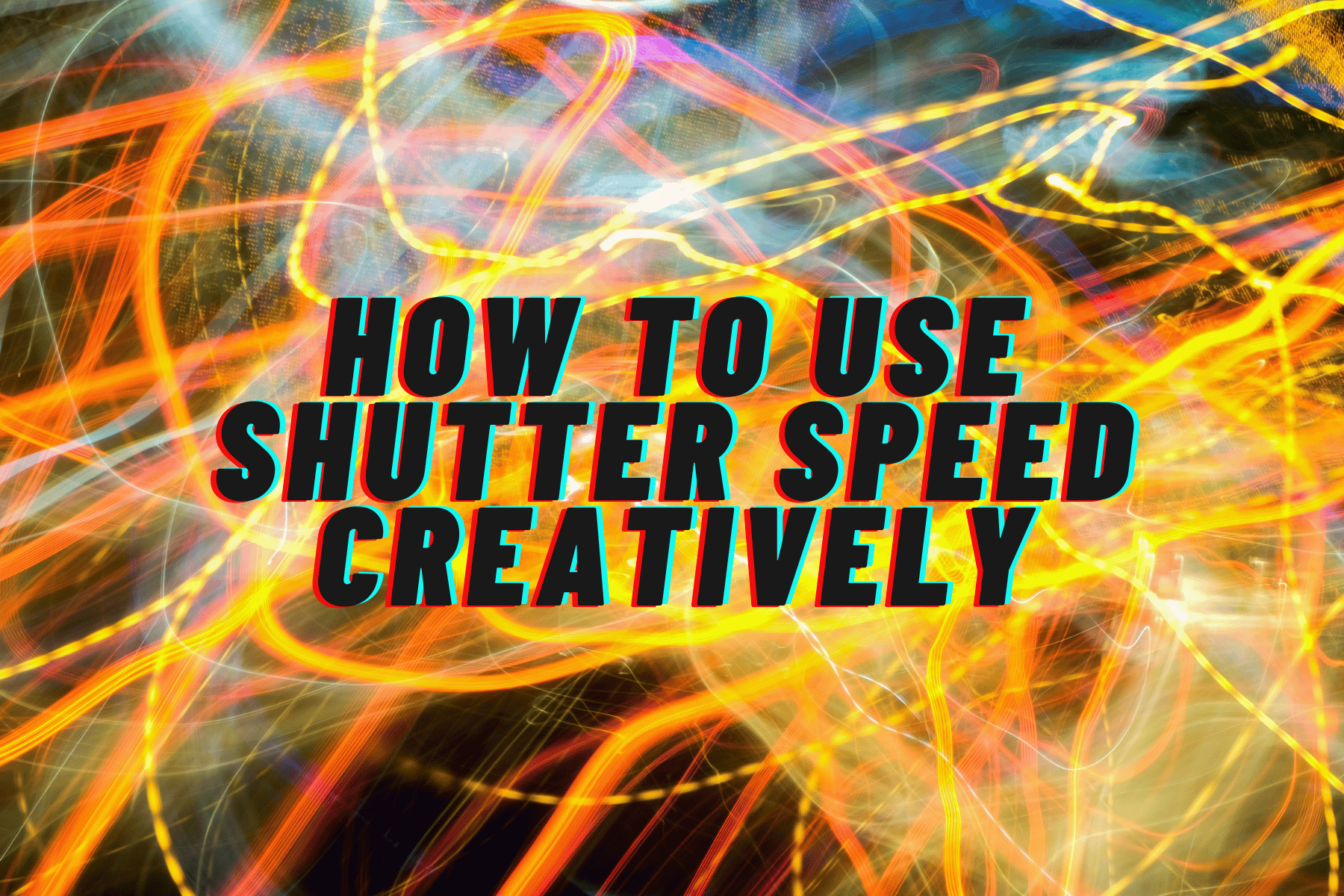When I first picked up a camera, I thought photography was simply about snapping quick shots. But I soon discovered it was much more. The real art of photography lies in controlling how a moment feels—how it comes to life. And one of the biggest game-changers was learning how to use shutter speed. Think of shutter speed as your tool to play with time, capture motion, or even freeze it in the blink of an eye. Once you understand its basics, experimenting with shutter speed becomes a fun, creative journey.

What is Shutter Speed?
Before diving into creative applications, let’s cover the basics of shutter speed. Shutter speed, also known as exposure time, is the duration the camera sensor is exposed to light. It’s expressed in fractions of a second (e.g., 1/250s) or whole seconds (e.g., 2s). A fast shutter speed like 1/1000s captures an instant, making moving subjects appear frozen. A slower shutter speed (e.g., 1s) keeps the shutter open longer, allowing more light to hit the sensor, creating a blurred effect for moving subjects.
Related article: What is Shutter Speed in Photography

Creative Ways to Use Shutter Speed
Now that you know the basics, let’s explore how to apply shutter speed creatively.
1. Freezing Motion: Capturing the Perfect Instant
Fast shutter speeds excel at freezing action in time. Whether you’re photographing sports, wildlife, or fast-paced events, a high shutter speed (like 1/1000s or 1/2000s) will keep moving subjects crisp and sharp. Picture a bird in flight, a wave crashing, or an athlete in mid-jump—all frozen for dramatic effect.
Pro Tip: Fast shutter speeds need plenty of light. Use natural lighting or increase the ISO to ensure a well-exposed image. Experiment with different speeds to find the best balance for your scene.
2. Creating Motion Blur: Expressing Movement and Energy
On the flip side, slower shutter speeds can highlight motion. When capturing moving cars, flowing waterfall, or bustling cityscapes, try setting the shutter speed between 1 and 2 seconds. This way, light sources become vibrant streaks, and moving elements gain an energized, fluid feel.
Pro Tip: Use a tripod to keep static elements in focus while capturing movement with a slow shutter speed. This minimizes camera shake and keeps your subject sharp amidst the motion blur.
3. Panning: Merging Motion with Stillness
Panning creates a sense of movement by blurring the background while keeping a moving subject in focus. To achieve this, set your shutter speed to 1/30s or 1/60s and move the camera in sync with your subject’s motion. Panning is a great way to add a dynamic, artsy look to action shots of people, animals, or cars.
Pro Tip: Practice with slower-moving subjects first, then work up to faster ones as you gain confidence. Try varying the shutter speed to control how much blur appears in the background.
4. Long Exposure: Painting with Light
Long exposure, or keeping the shutter open for several seconds or more, can capture incredible details and light trails. Common in night photography, this technique turns the motion of stars or city lights into magical trails. Another popular technique is light painting, where you move a light source during a long exposure, creating shapes or patterns in mid-air.
Pro Tip: Use a remote shutter release or the camera’s timer to avoid shaking the camera during long exposures. Be mindful of brightly lit areas, as they can easily become overexposed.
Related article: Long Exposure Photography Tips
5. Experimenting Creatively: Breaking the Rules
Once you’re comfortable with the basics, don’t be afraid to get creative! Try intentional camera movement (ICM) during long exposures to produce abstract effects, or experiment with double exposures by combining two images with different shutter speeds. There’s no single right way to use shutter speed in photography—only the methods that let your vision shine through.
Conclusion: Embrace the Journey of Creative Photography
The best way to master creative shutter speed techniques is to get hands-on. Test out different speeds, see how they change your photos, and build your unique style. Photography is about exploration and finding what resonates with you. So, grab your camera, head outside, and try these shutter speed tricks. Whether you’re freezing a fleeting moment or blurring it into eternity, remember—your creativity is the key. Happy shooting!
Related article: What is Shutter Speed in Photography
Related article: Capturing Motion: A Guide to Achieving Stunning Motion Blur
Related article: How to Shoot Action Sports Photography with Freeze Motion?
Related article: How to Photograph Birds in Flight: Tips for Capturing the Perfect Shot
Related article: Long Exposure Photography Tips
Related article: Levitation Photography for Beginners: How to Make Magic Happen












